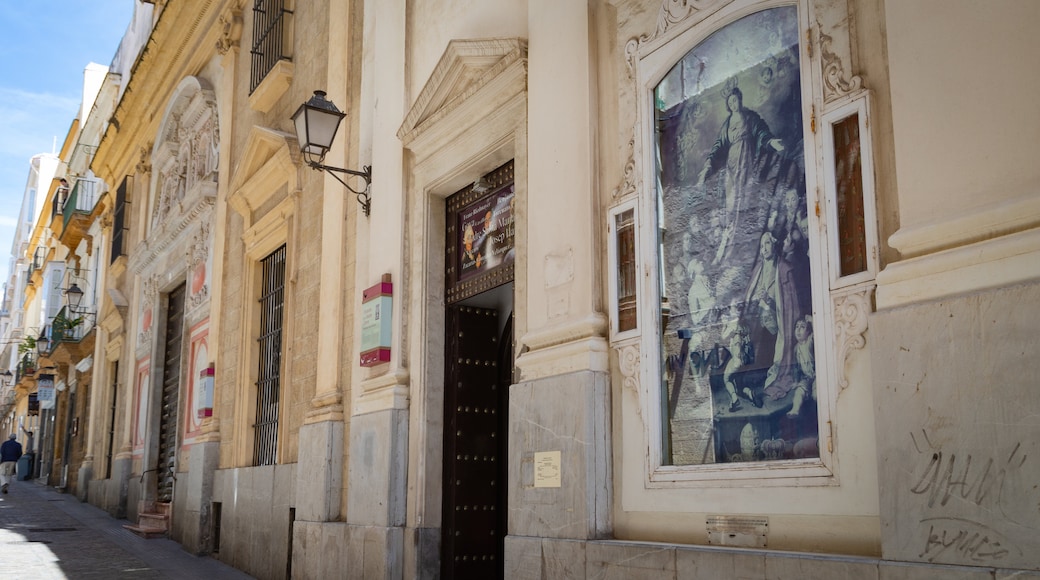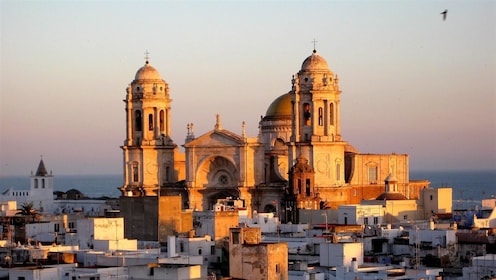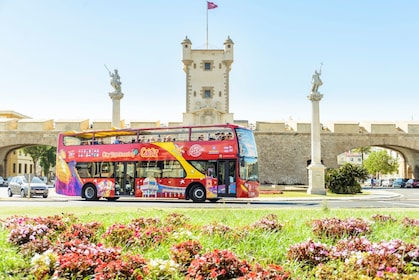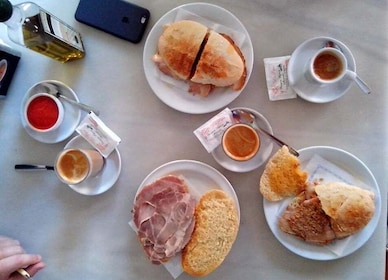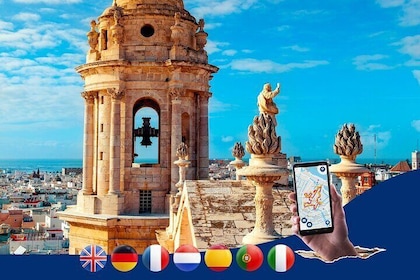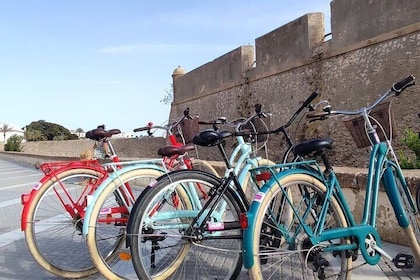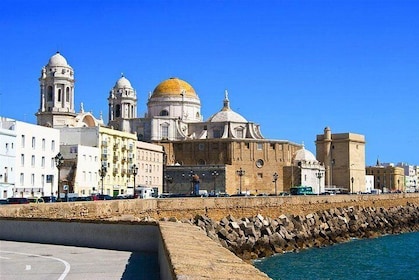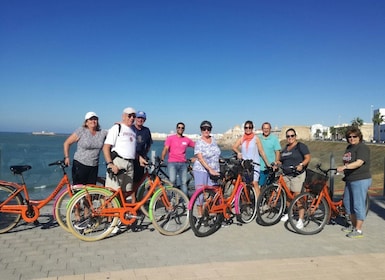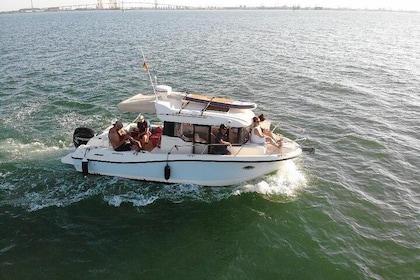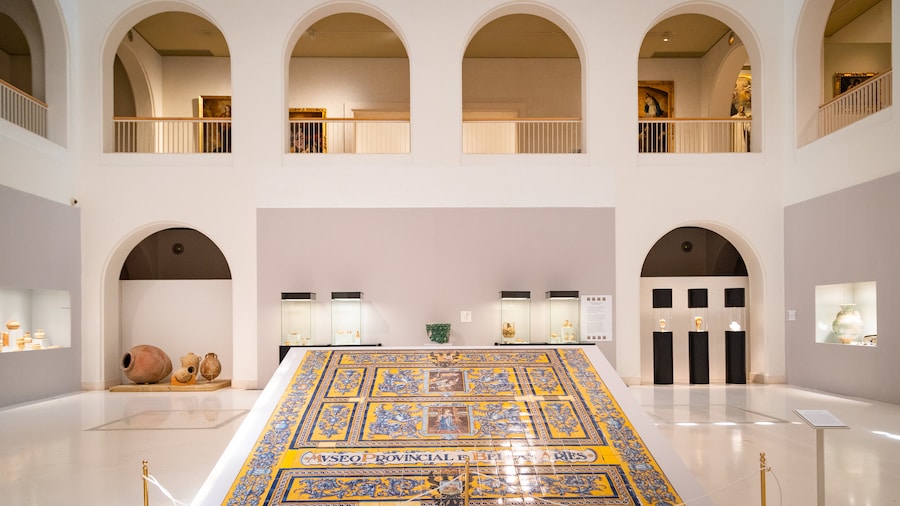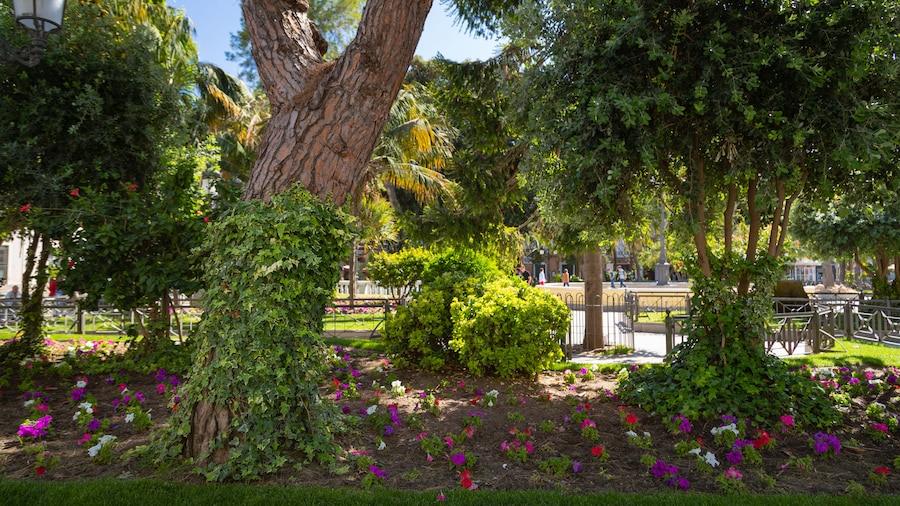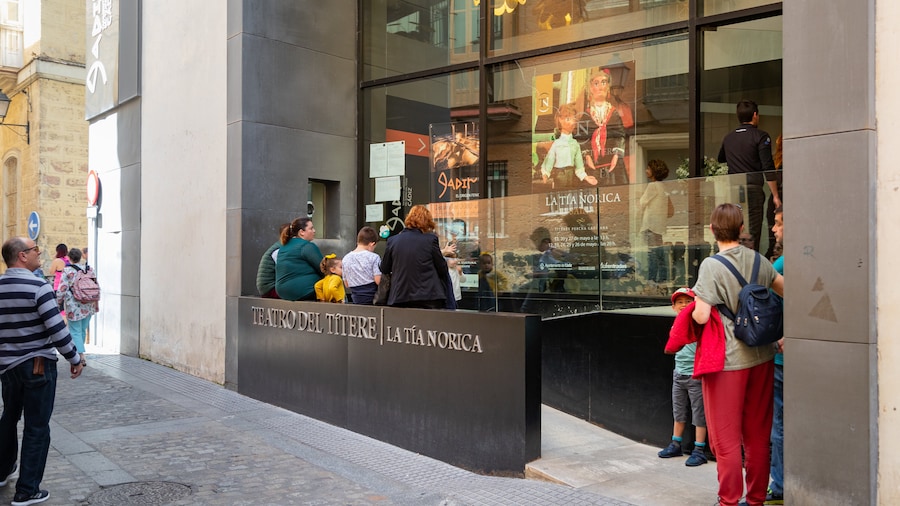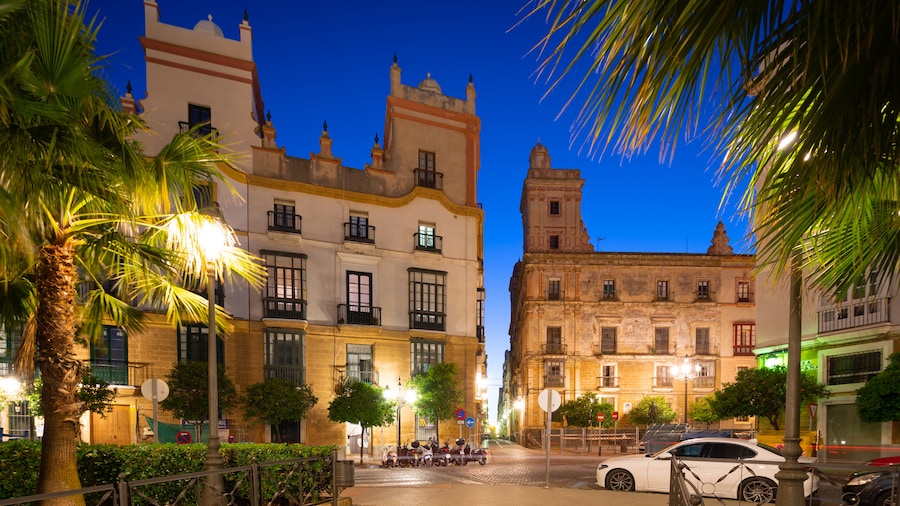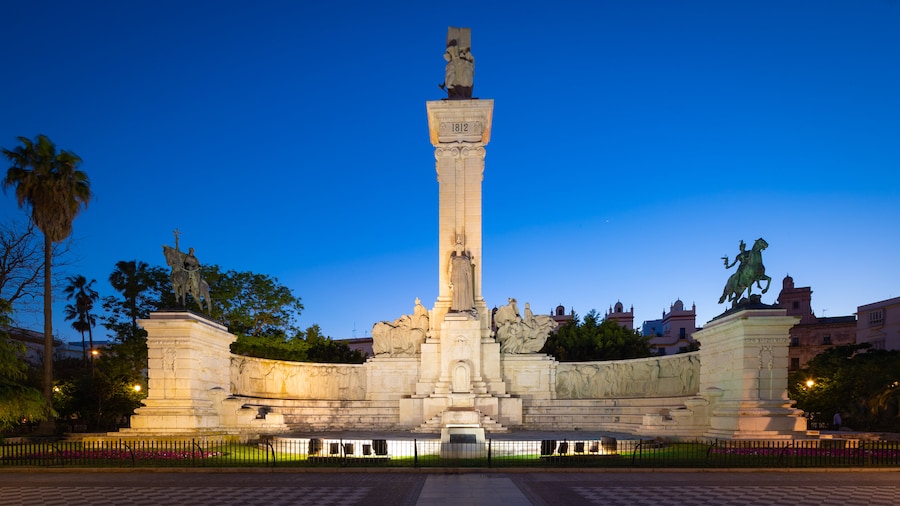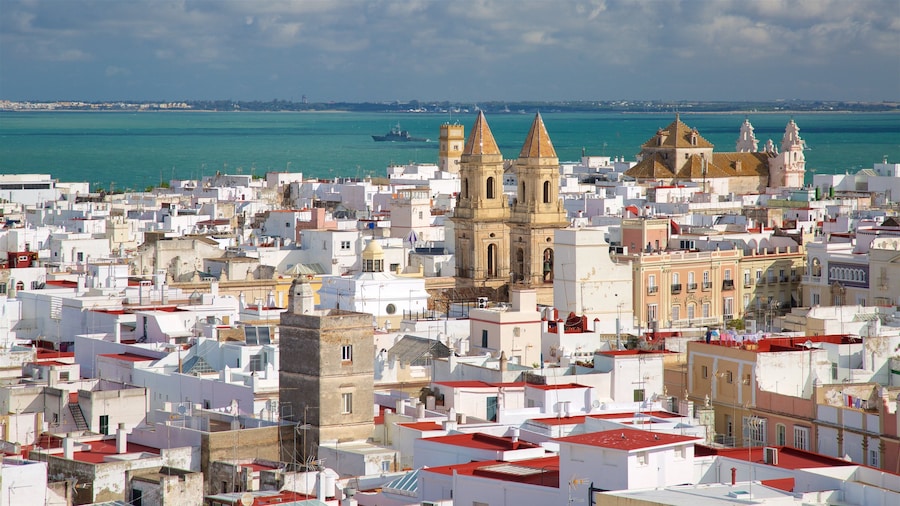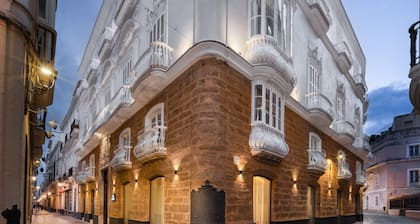Tucked inside the Old Town of Cadiz is the Oratorio de la Santa Cueva, or the Oratory of the Holy Cave, a late 18th-century church with two sharply contrasting sections. It consists of an upper oratory, richly adorned with religious paintings and sculptures, and an austere white-walled subterranean chapel. Step beyond the building’s plain façade to explore these lower and upper levels.
The elliptical upper section sits beneath a dome decorated with plaster reliefs. Study sculptures and paintings including canvases by the 18th- and 19th-century Spanish painter Francisco Goya. Works include The Multiplication of the Loaves and Fish and The Last Supper. Appreciate the beauty of the ornate tabernacle behind the main altar. See the tomb of priest José Sáenz de Santamaría who funded the construction of the oratory.
Take the stairs down to the lower chapel, a pillared underground place of worship dedicated to the final days of Jesus Christ. It is not as extravagantly decorated as the upper level and is thought to have been a place where the faithful would conduct penitential practices to express sorrow for their sins and resolve to resist temptation.
Look up at the magnificent sculpture of the Calvary, depicting the crucifixion of Jesus Christ. Every Easter on Good Friday a religious ceremony is held beneath the artwork accompanied by the music of The Seven Last Words of Our Savior on the Cross. The Austrian composer Joseph Haydn was commissioned to write this piece in the late 18th century specifically for this service.
Oratorio de la Santa Cueva is located in the Old Town of Cadiz, a short walk from bus stops and parking lots where you can leave your car for a fee. The oratory is open every day except for Mondays and holidays and there is a small admission charge with discounts for students, senior citizens and the unemployed. Entrance is free for everyone on Sundays. After your visit go next door to the Church of the Rosary, which dates back to the 16th century.
